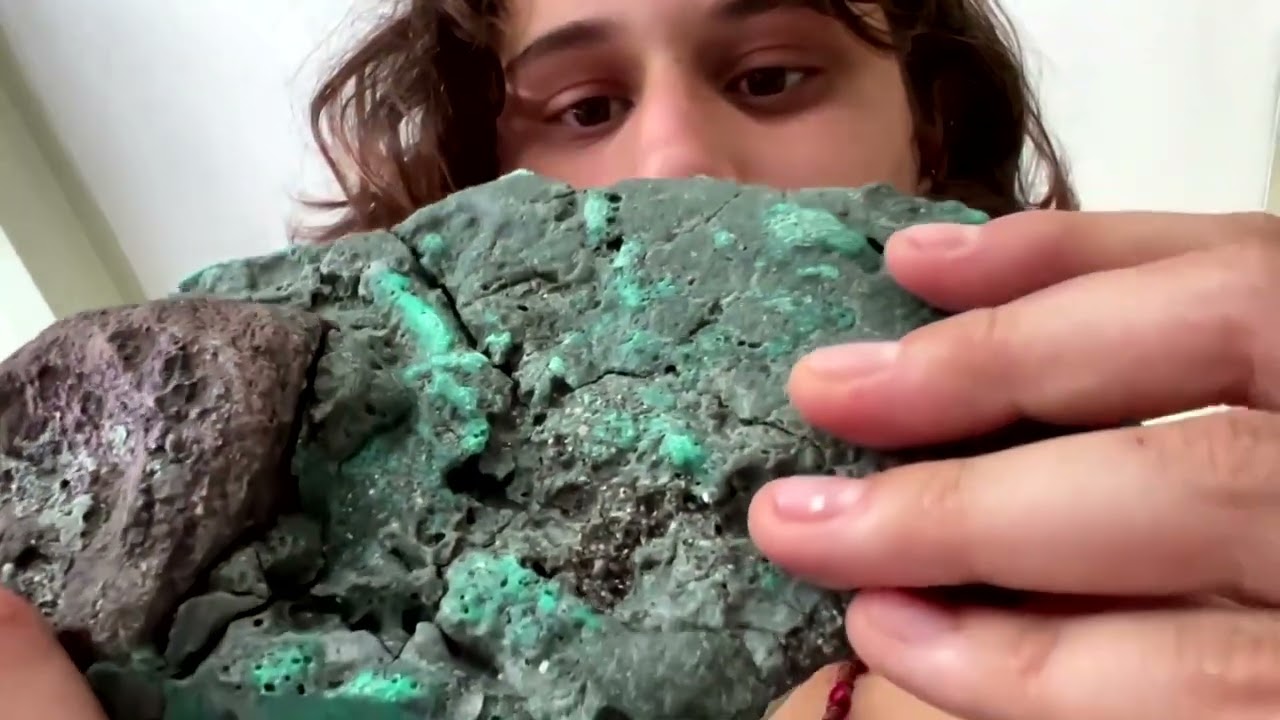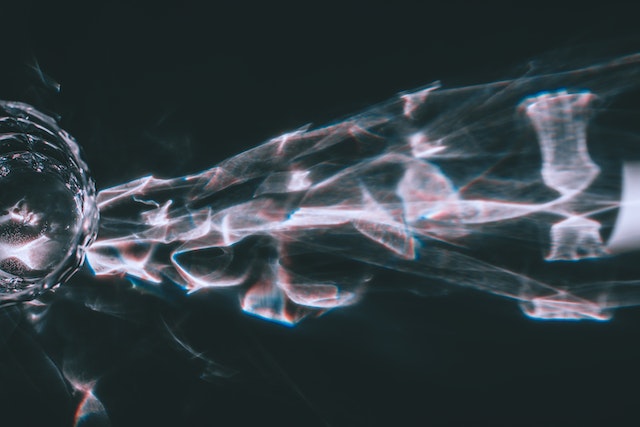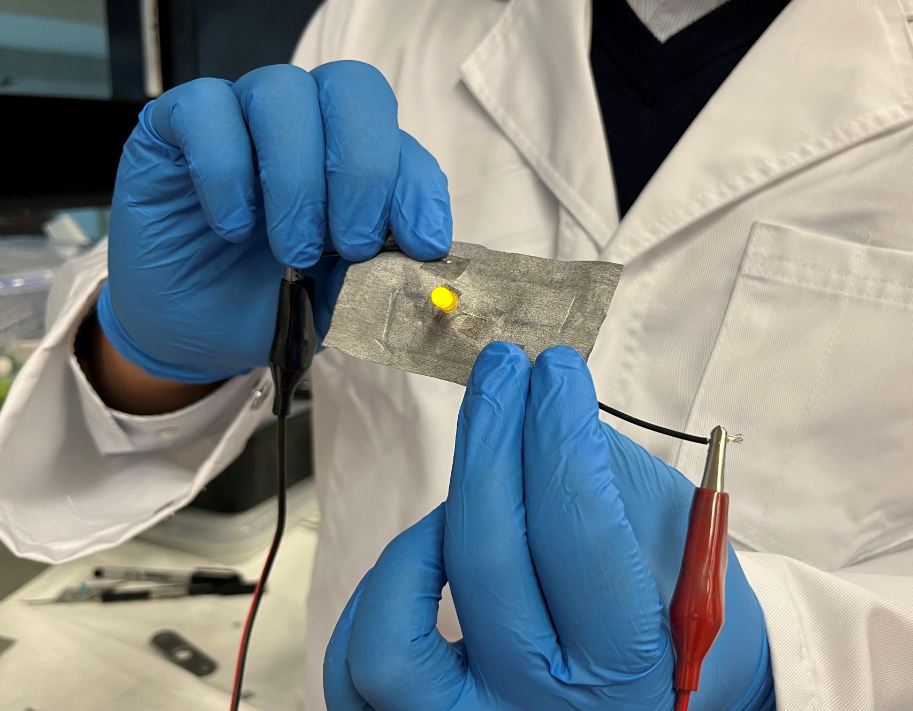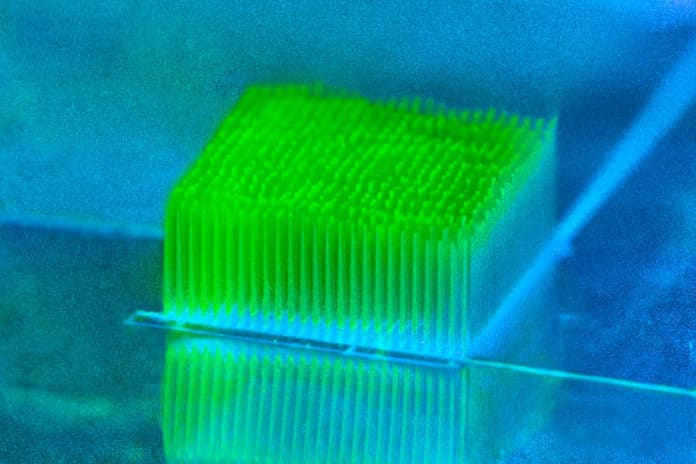Recently researchers have discovered rocks made from plastic debris on Trindade Island off the coast of Brazil. According to the researchers, it is evidence of humans’ growing influence over the earth’s geological cycles.
Although Trindade Island is an uninhabited volcanic island, it is one of the world’s most important conservation spots for green turtles.
Plastic rock
This “plastic rock” is not truly a rock, but it is a new type of conglomerate made partially from plastic. Having similar textural characteristics to an actual rock, it has melted plastic intertwined with the rocks.
Geologist Fernanda Avelar Santos and her team ran chemical tests to discover the kind of plastics present in the rocks. They found the plastic pollution in these rocks is mainly from the remnants of fishing nets. However, there are also other plastics such as bottles and household waste.
“We identified (the pollution) mainly comes from fishing nets, which is very common debris on Trinidade Island’s beaches,” Santos said. “The (nets) are dragged by the marine currents and accumulate on the beach. When the temperature rises, this plastic melts and becomes embedded with the beach’s natural material.”
It is not the first time these rock-like plastic formations have been discovered
In 2014, researchers discovered similar formations in places including Hawaii, Britain, Italy, and Japan. But discovering these on the Trindade island which is the remotest place on the planet is very disturbing.
Santos added, “We concluded that human beings are now acting as a geological agent, influencing processes that were previously completely natural, like rock formation,”
“It fits in with the idea of the Anthropocene, which scientists are talking about a lot these days: the geological era of human beings influencing the planet’s natural processes. This type of rock-like plastic will be preserved in the geological record and mark the Anthropocene.”







